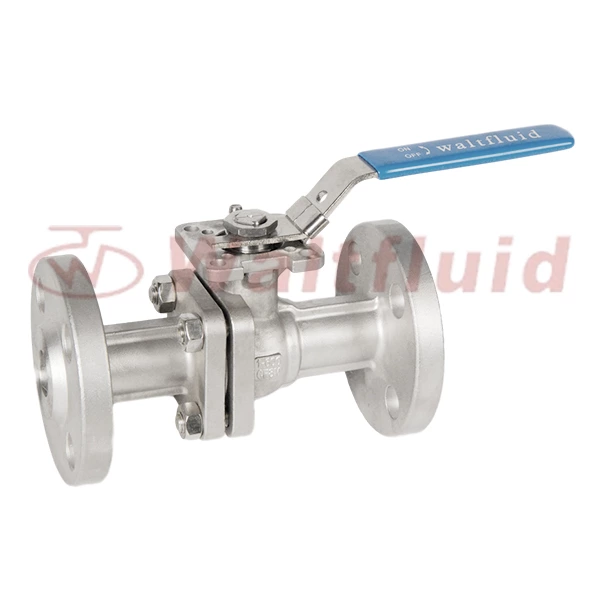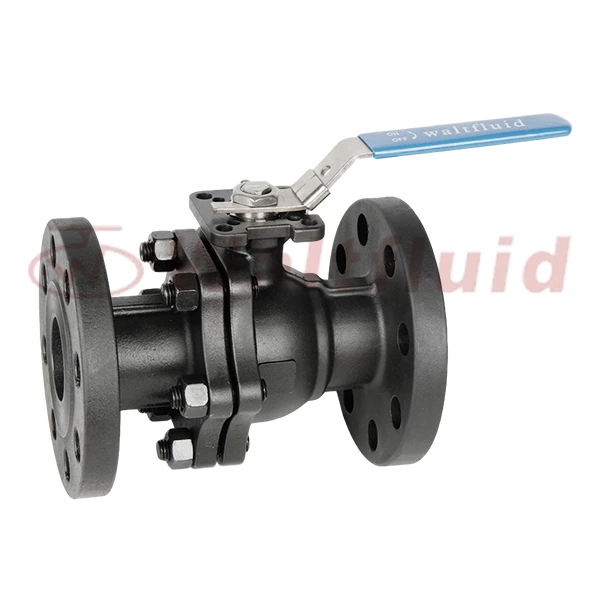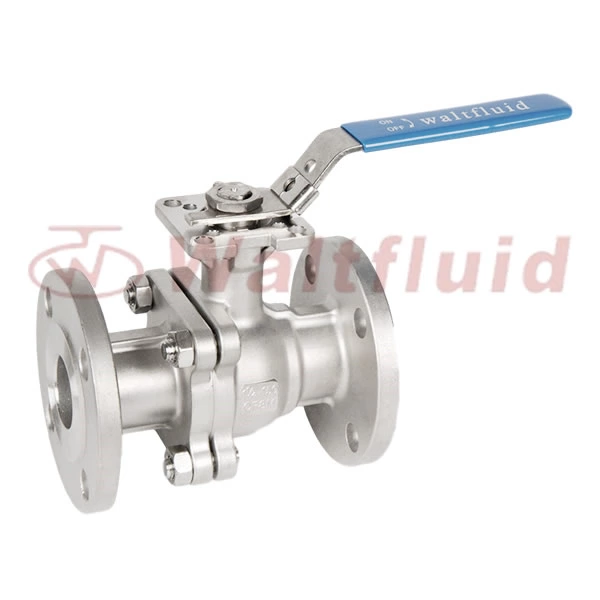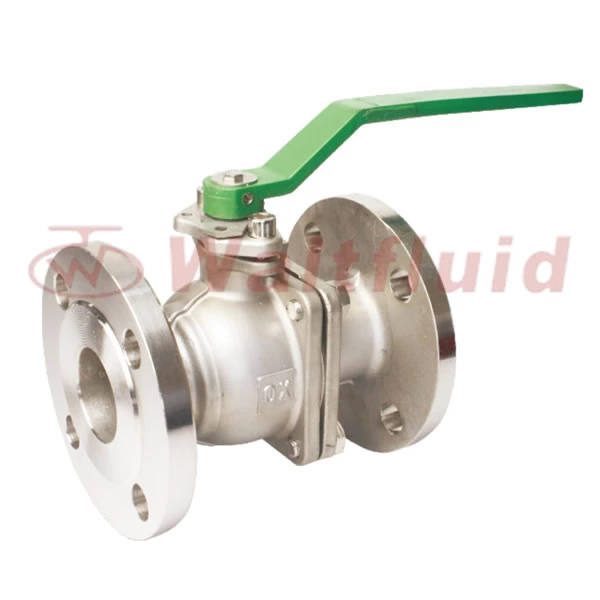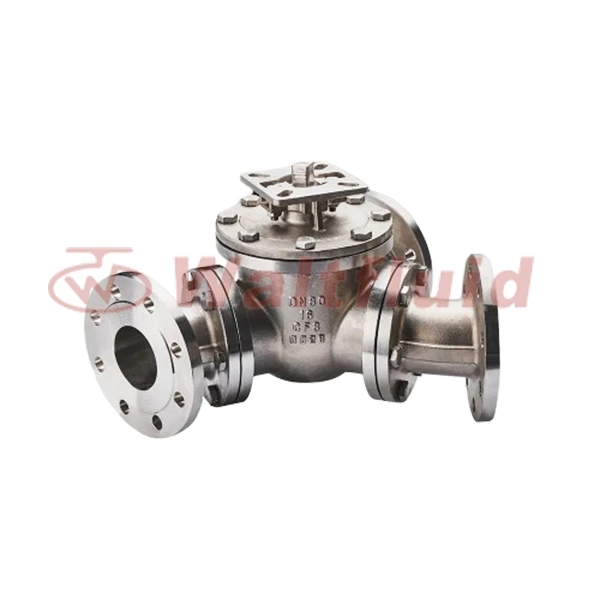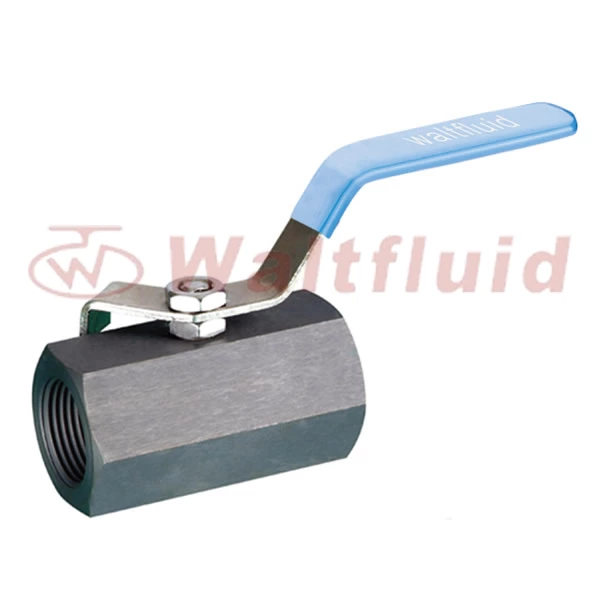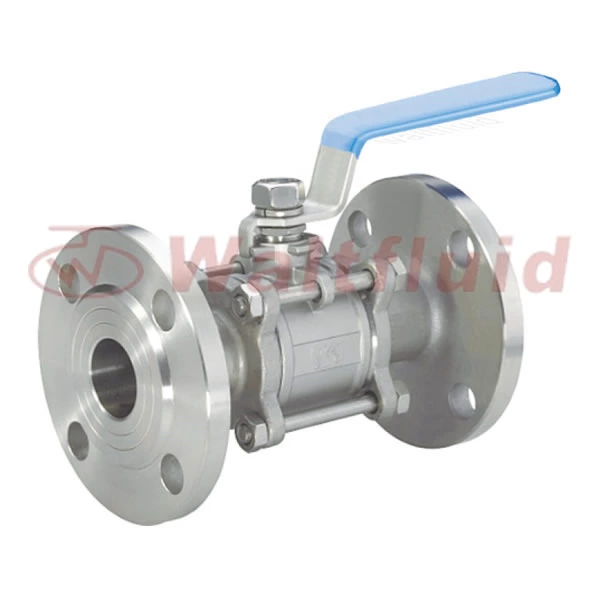What Is A Wafer Ball Valve
Definition and Features of Wafer Ball Valve
A wafer ball valve uses a ball as a fluid control element. It primarily consists of a valve body, ball, seat, and stem. During operation, the ball rotates to open or close the flow. The ball contains a through-hole. As fluid flows through it, the ball rotates, aligning the hole with or perpendicular to the pipe, thereby controlling the flow.
Compared to other valve types, the wafer ball valve's most distinctive feature is its "wafer" connection. Two pipe ports are clamped together to secure the valve to the pipe. This structure simplifies installation and allows the valve to withstand high pressures and temperatures.
Working Principle of a Wafer Ball Valve
The working principle of a ball valve wafer is relatively simple, with the key being the rotation of the ball. When the ball's through-hole aligns with the pipe's direction, fluid can flow freely. When the ball is rotated 90 degrees, the through-hole becomes perpendicular to the pipe's direction, completely isolating the flow. Due to the ball's excellent sealing properties, the valve maintains excellent shutoff and effectively prevents leakage.
The valve seat of a ball valve wafer type is typically made of highly sealing materials, such as polytetrafluoroethylene (PTFE), which provides a longer service life and ensures high sealing performance. This combination of materials ensures stable operation in diverse operating environments.
Applications
Wafer ball valves are widely used in various industries due to their simple structure and reliable operation. Common applications include:
-
Oil and gas industry: In oil extraction and natural gas transportation, wafer ball valves provide excellent flow control, ensuring system stability and safety.
-
Chemical industry: Chemical production involves a variety of corrosive fluids, and wafer ball valves can effectively control fluid flow and reduce leakage.
-
Water Treatment: In water treatment systems, wafer ball valves are widely used in water supply networks, sewage treatment equipment, and other applications, providing precise flow control.
-
Power Industry: Wafer ball valves are also essential for cooling water piping systems in power plants, and they operate reliably in high-temperature and high-pressure environments.
Advantages of Wafer Ball Valves
-
Space and Cost Savings: Compared to other valve types, wafer ball valves are easier to install and do not require additional flange connections, thus saving significant space and costs.
-
Excellent Sealing Performance: Wafer ball valves utilize a spherical structure and high-quality seat materials to ensure a secure seal, even in high-pressure and high-temperature environments.
-
Corrosion and High-Temperature Resistance: Due to their material selection, wafer ball valves offer strong corrosion and high-temperature resistance, enabling stable operation in harsh industrial environments.
-
Easy Operation: Wafer ball valves utilize a rotary operation mechanism, making opening and closing the valve very simple and reducing operational complexity.
How to Choose the Right Wafer Ball Valve
Selecting the right wafer ball valve stainless steel requires comprehensive consideration of the following key factors:
-
Operating Environment: It's crucial to understand the operating environment in which the valve will be used, including fluid type, temperature, and pressure. Different media have varying material requirements, so the appropriate valve body and seat materials must be selected accordingly to ensure long-term, stable operation.
-
Fluid Properties: For corrosive or high-viscosity fluids, choose a wafer style ball valve that is corrosion- and wear-resistant. For example, ball valves made of stainless steel or special alloys can better meet these challenges.
-
Sealing Performance: Sealing is one of the most critical performance indicators of a wafer ball valve. When selecting a wafer ball valve, consider the quality of the seat material, such as a highly sealing material like polytetrafluoroethylene (PTFE), to ensure that the valve does not leak during operation.
-
Ease of Installation and Maintenance: Choosing a wafer ball valve that is easy to install and maintain can effectively reduce operating costs. Ease of operation is particularly important in applications requiring frequent maintenance.
-
Durability and Reliability: Selecting valves with high corrosion and wear resistance and a long lifespan can reduce replacement frequency and maintenance costs, resulting in greater long-term economic benefits.
Taking these factors into consideration, choosing the right wafer ball valve will help improve system efficiency and stability, ensuring long-term, trouble-free operation.
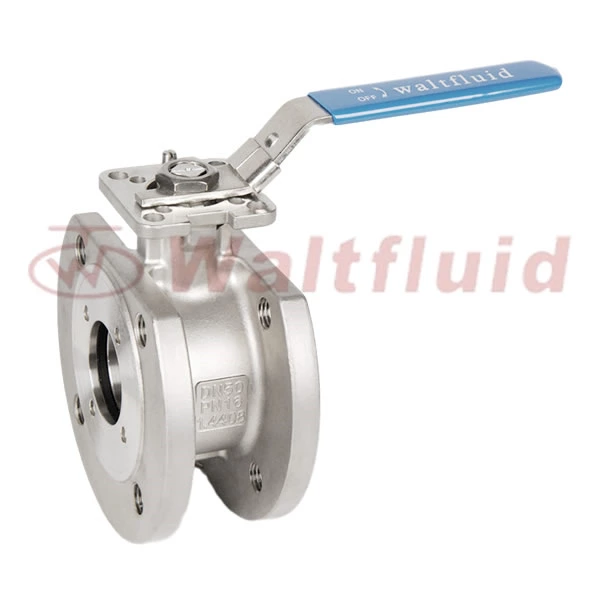
 English
English 中文
中文 Pусский
Pусский  Español
Español
